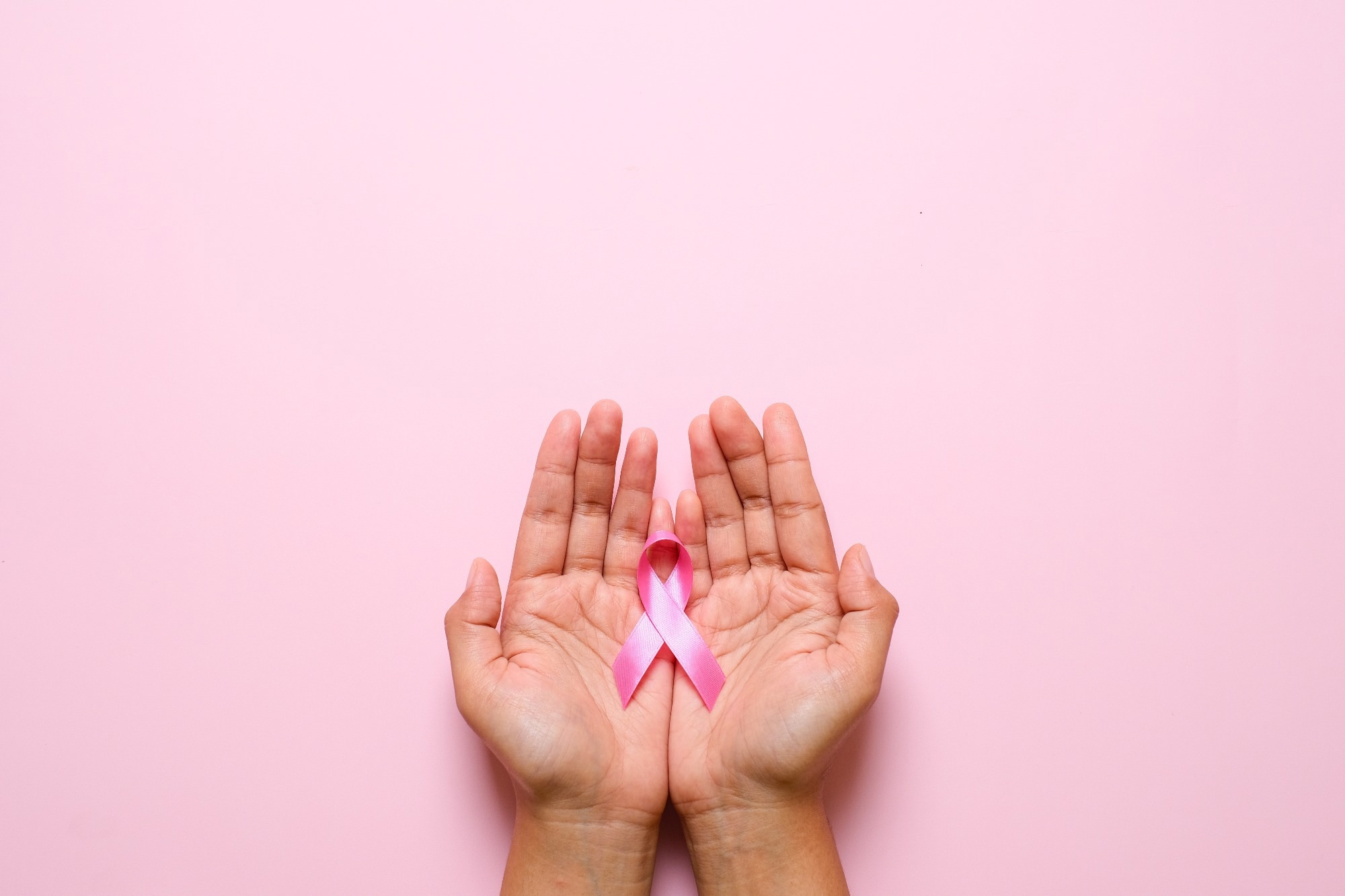In a recent study published in the Cancers Journal, researchers examined the predictors of fear of cancer recurrence (FCR) and its trajectory among breast cancer (BC) patients.
 Study: Protective Factors against Fear of Cancer Recurrence in Breast Cancer Patients: A Latent Growth Model. Image Credit: Rembolle/Shutterstock.com
Study: Protective Factors against Fear of Cancer Recurrence in Breast Cancer Patients: A Latent Growth Model. Image Credit: Rembolle/Shutterstock.com
Background
Breast cancer patients frequently face long-term physical and psychological difficulties, including FCR, cancer-related thoughts and feelings. FCR impacts quality of life and mental health and is present throughout the cancer's progression.
Studies have reported inconsistencies in the FCR trajectory among breast cancer patients, with some studies indicating stable levels even 18 months after surgery and others indicating modest reduction and plateau. Further research is required to comprehend this complicated subject fully.
About the study
In the present study, researchers explored the FCR trajectory and protective predictors among females who have breast cancer (BC).
A latent growth model (LGM) and structural equation modeling (SEM) analysis were used to analyze the growth trajectory of FCR levels and associated determinants. The model tested whether greater levels of positive cognitive-emotional regulation and coping self-efficacy during BC diagnosis resulted in lower levels of FCR after six months, 12 months, and 18 months of diagnosis.
The study included females aged 40 to 70 years, residing in Italy, Finland, Israel, or Portugal, who had participated in the Predicting Effective Adaptation to BC to Help Women to BOUNCE Back (BOUNCE) trial. All women had been recently diagnosed with histologically verified stage I, II, or III invasive-type early or advanced but operable BC and received local or systemic treatment.
The participants filled out questionnaires, including the FCR-Short Form Inventory (FCRI-SF), the Cognitive-Emotion Regulation Questionnaire (CERQ-Short), and the Cancer Behavior Inventory-Brief Version (CBI-B). The participants provided medical-social-demographic information, including age, education, marital status, number of children, and income level.
The individuals were enrolled in the study at their initial hospital appointments or telephonically by research assistants.
Females diagnosed with distant metastases, those with a history of another malignancy in the previous five years (except cured basal cell skin carcinoma or uterine cervix carcinoma in situ), or severe neurologic, mental, or other chronic diseases, and those who were pregnant or lactating were excluded from the analysis.
Results
At baseline, the study population comprised 690 breast cancer patients, of whom 574 (83%), 525 (74%), and 494 (70%) completed the follow-up evaluations at 6.0 months, one year, and 1.5 years, respectively. Across time points, most dropouts were Italians with lower educational attainment and annual income.
Among the 494 participants, 48%, 41%, and 11% suffered from stages I, II, and III, respectively. The mean age of the participants was 55 years; 32% were Finnish, 28% were Italian, 21% were Portuguese, and 20% were Israeli.
Most participants were married or involved in intimate relationships (74%), with two children on average; more than 76% had at least moderate annual income levels; and 68% of individuals had attained degree-level education.
A higher degree of coping self-effectiveness during breast cancer diagnosis predicted lower fear of cancer recurrence levels six months later. Still, it showed no effect on FCR levels throughout time. Surprisingly, positive-type cognitive-emotional control did not affect the FCR trajectory over 1.5 years of follow-up.
Between six months and 1.5 years post-diagnosis, FCR levels were steady. The findings highlighted the need to cultivate particular tumor coping abilities, including managing self-effectiveness.
Improving coping self-effectiveness during the initial six months post-BC diagnosis might result in decreased FCR levels afterward since the fear of recurrent tumors tends to remain for a year. Age and country of origin were shown as statistically significant predictors of intercept FCR levels.
Younger age was a significant covariate to a higher initial FCR level, and residing in Israel and Finland was associated with higher FCR levels at study commencement; moreover, living in Israel predicted a steeper fall in FCR.
Implications
Overall, the study findings showed that FCR levels remain stable, emphasizing the importance of early coping mechanisms to alleviate this anxiety. The study's findings suggest that coping self-efficacy, a particular cancer coping ability, can protect against FCR within the first six months after diagnosis.
Strengthening coping self-efficacy after diagnosis and the first six months after may be a helpful approach to developing healthier illness views and a reduced FCR.
The findings also highlight the significance of social viewpoints, such as the critical role of social support, in investigating protective variables that might ease FCR. While positive cognitive-emotional regulation may not reduce FCR during breast cancer diagnosis and active therapy, its effect in later phases of survival requires long-term evaluation.
The findings highlight the need for tailored coping measures for breast cancer patients during a key interval to limit the impact of FCR, which can impair breast cancer survivors' life quality and psychiatric well-being.
More relevant and modifiable protective variables that may be utilized in preventative and intervention programs to minimize FCR and improve the well-being of breast cancer patients are required.